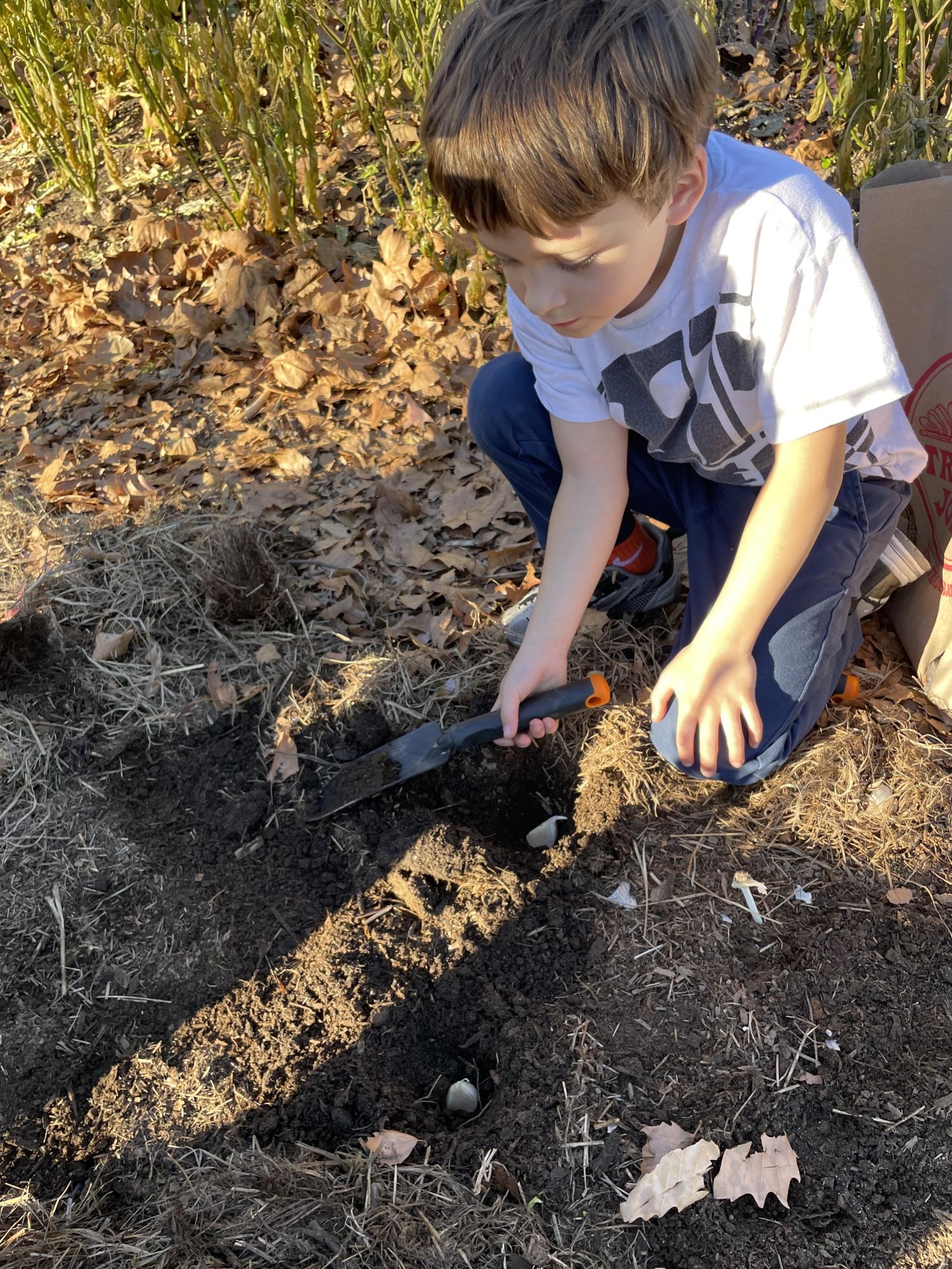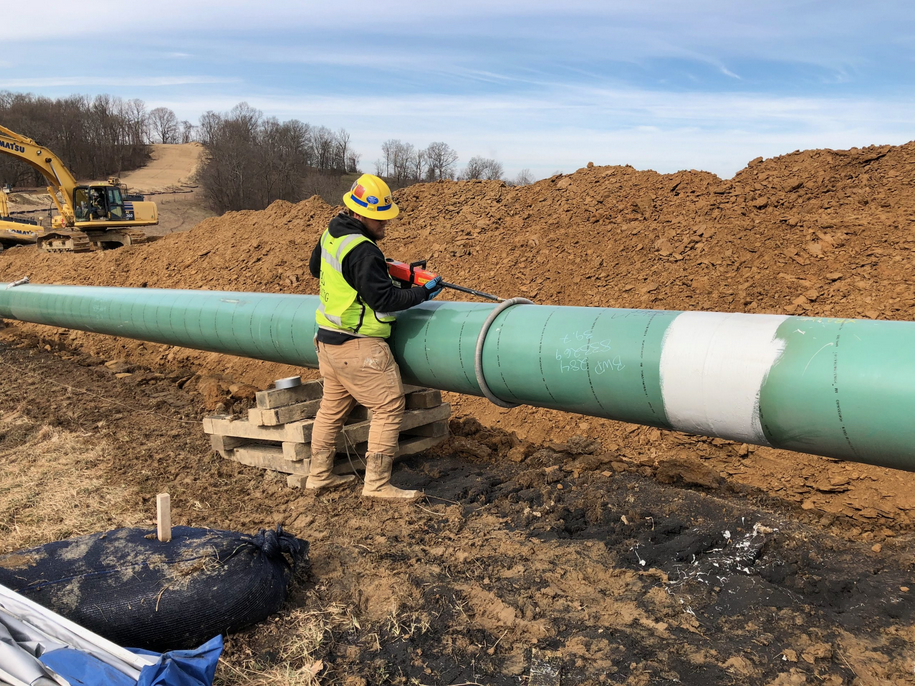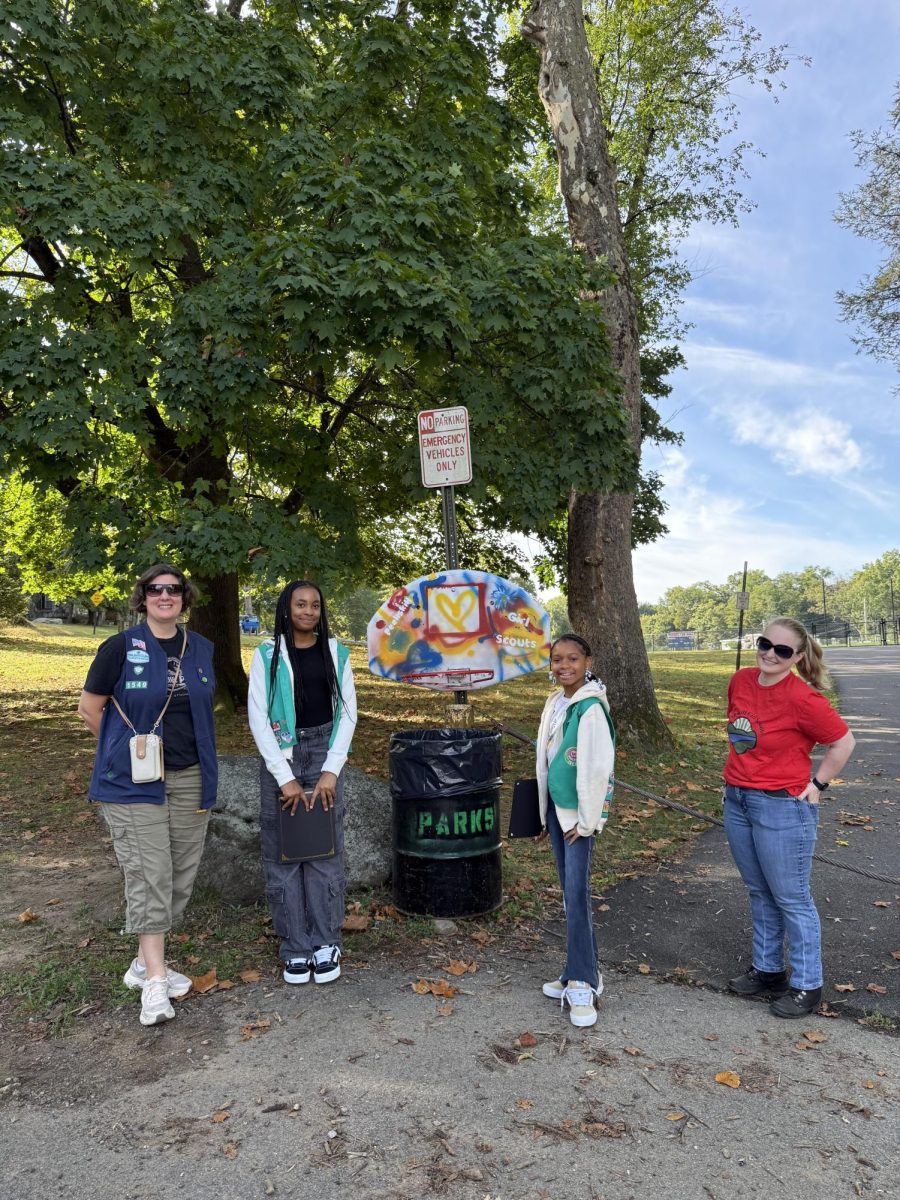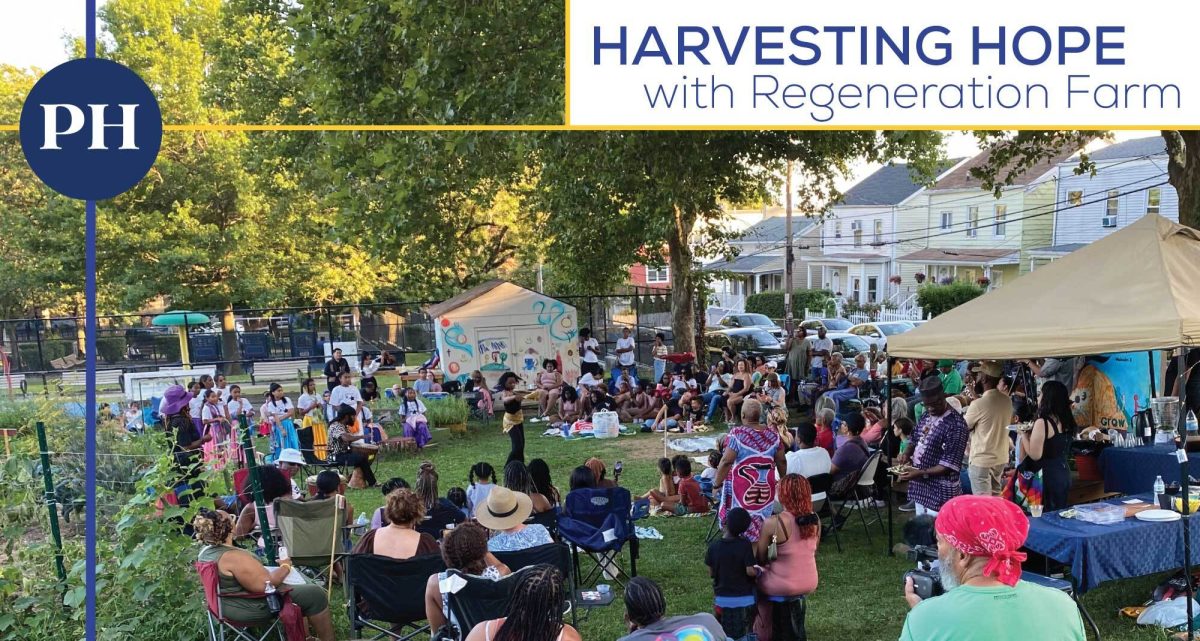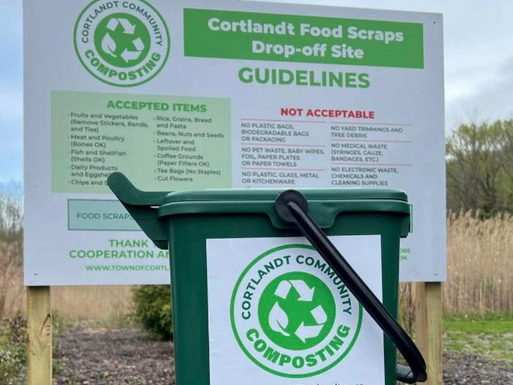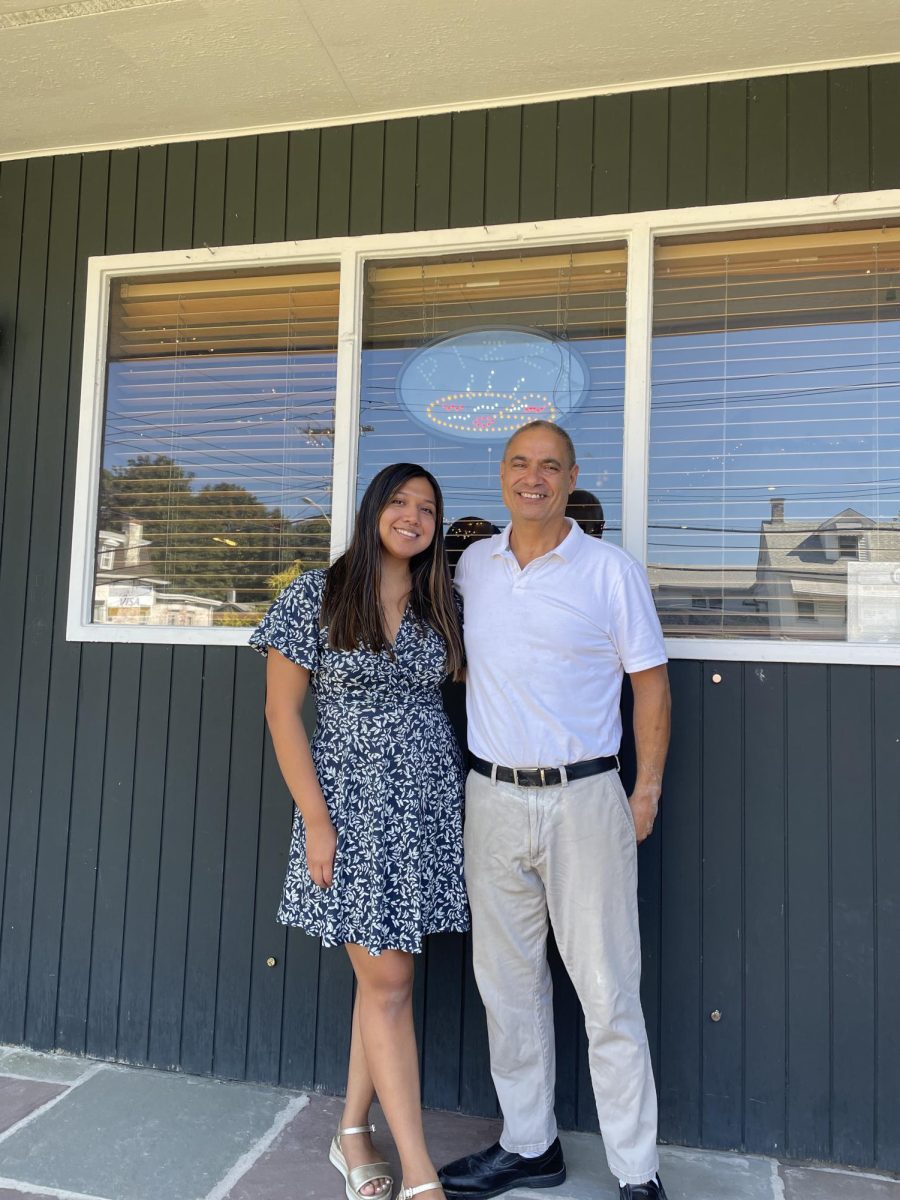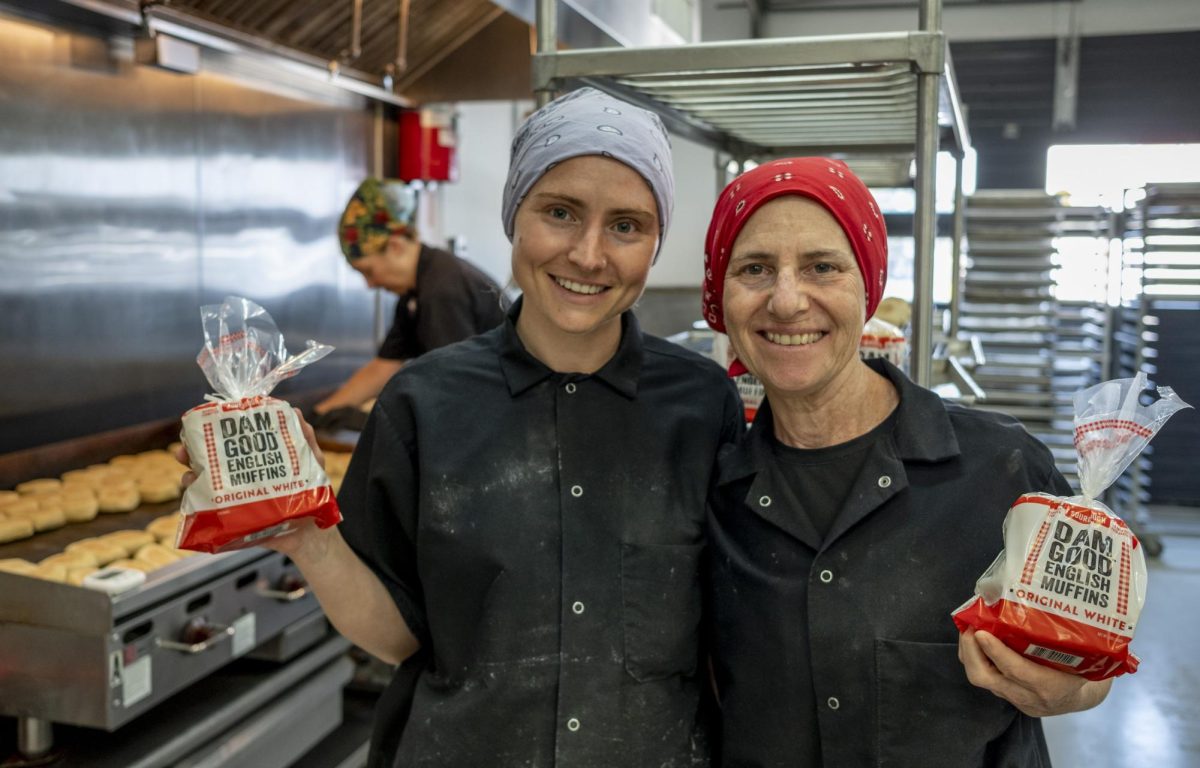The sights, smells and sounds of garlic wafted from four community gardens on Saturday, Nov. 16 during the first annual Garlic Festival. Signs pointing out the Garlic Festival route guided participants from Woodside School at the end of Depew Street to the Middle School for a garden visit supercharged by the energy of the Peekskill City School District’s Saturday Academy, and then snaked up to the Garden Club of Peekskill’s Petals Garden on Central Avenue across from the artists lofts. There, the Peekskill Garden Club headed by Gail Tomasetti and Toni D’Angelo offered the chance to plant tulip bulbs. Participants designed custom wooden stakes to offer springtime clues as to which colorful bloom was planted by whom.
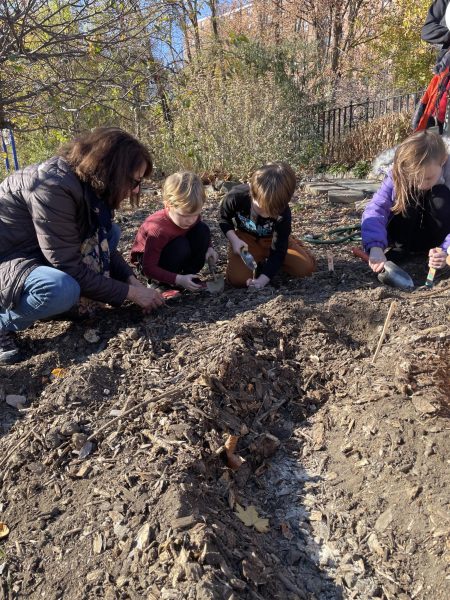
Festival participants including community members and Peekskill Garden Club members had the opportunity to co-write Peekskill’s very own garlic anthem in a songwriting activity led by musician Guy Lowe. Prompted by Guy, audience members offered lines for a song in English and Spanish that underscored ajo’s remarkable ability to spice up cuisine with minimal care in raising. The song ended with the line, “Garlic for all the world.” Garlic-inspired bites in the form of pesto and garlic butter on carrots and homemade bread were shared. Thus fueled with song and appetizers, participants were given a clove from the heads of garlic picked by volunteers the previous September at the greenhouse at Woodside. The final destination: Regeneration Farm at Lepore Park.
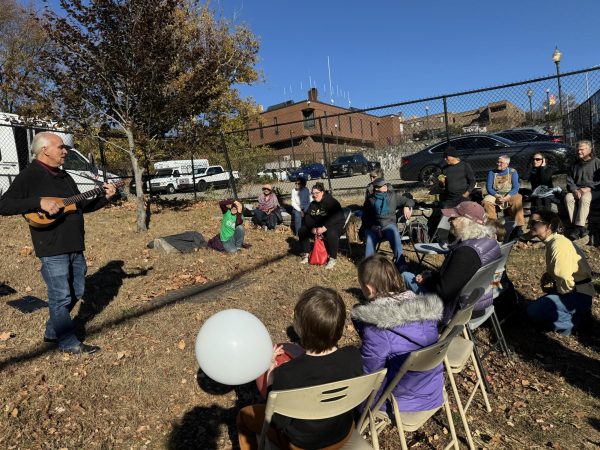
If you’ve noticed Regeneration Farm before, you’ve been impressed by the sheer amount of food that grows it in, even after a frost. The stands of collard greens alone could feed a restaurant’s worth of people. What you may not know is that all of the food grown here can be picked by the public (which is to say, there should still be plenty left for the rest of the public once you’ve taken what you need!) Here, volunteers were treated to an exuberant performance by the Wiz Kids of Antonia Art before planting up their garlic bulbs with some guidance from Laura Perkins, the mind and organizer behind this event. Participants were also offered their very own head of garlic to eat or use in planting next year’s harvest.
Laura Perkins, Festival Founder
I first met Laura Perkins when the Woodside garden was being established in 2019. The garden she planned intrigued me in its use of eco-friendly gardening techniques like eschewing tilling to create vibrant soil, and her credentials as horticulturist to Stone Barns impressed me. As the program grew, incorporating a greenhouse and edible shrubs, Laura worked with Woodside students to prep, plant and harvest a range of veggies and flowers. Her program has also produced seedlings for sale at spring Peekskill events like the Rotary Club of Peekskill’s Cherry Blossom festival and the Garden Club’s Annual Mother’s Day Plant Sale, meaning that seeds sown by a Woodside kindergartner can take root and feed the greater community.
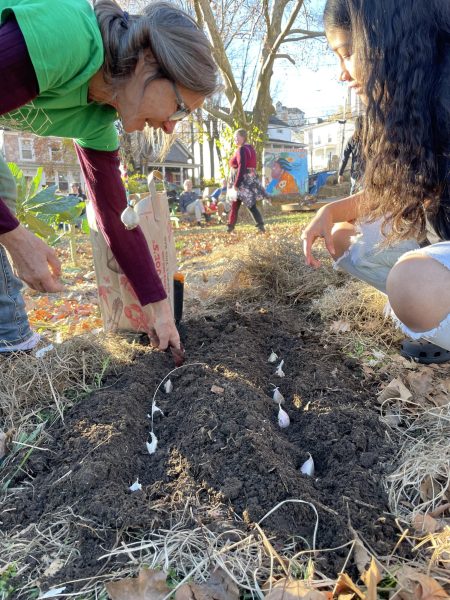
Perkins strives to get as many people as she can, young, old or in between, into the garden. “The earth still resonates in a deep way, and, given an opportunity, the garden can fill our often worried hearts with wonder and gratitude.” She sees gardens as places where families are nourished by that connection to the land, and children learn how to care for something. She describes the potential of gardening as follows: “You experience a relationship that seems to give more than it takes. And you see how nothing is lost, everything becomes more life.”
When asked why the festival was designed to move across the city to visit four gardens, Perkins says that she wanted “to start building a new paradigm, where one doesn’t necessarily have to leave town and burn fuel to have an adventure, and connect with real people doing real things.”
The festival was notably zero-waste, with a receptacle for compost at each site, and Perkins hopes this mindful approach to getting people together can be practiced at future events as well: “I want to suggest ways of rethinking our relation to the gifts of the earth, from the make to waste pipeline, to one that is more circular and complex.”
Why Garlic?
The alchemical equation–something inert becomes a delicious, full-fledged plant that can produce its own seeds–is especially evident in garlic. Garlic is also one of the few crops that is sown in the fall, harvested in the summer, and easily stored to be enjoyed for the whole year. Its strong flavor repels most insects and wildlife, so it can be depended on to show up. Its cloves are large and easy to plant. And there’s the added bonus of garlic scapes; long, strappy, flower shoots that are removed from the top of the plant in late spring before it blooms so that the bulb can fill out completely. One bulb makes five to six other plants, meaning that it can be shared exponentially.
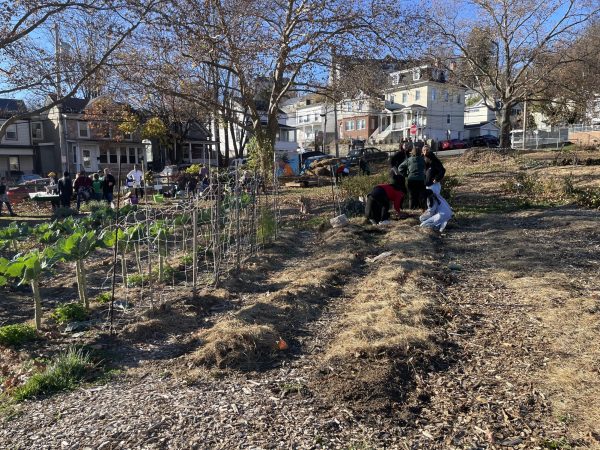
Growing garlic lends itself to community gardening because the work to clean the bulbs after harvest can be done together, even seated at a table. I know this firsthand: I’ve spent time in the Woodside greenhouse side-by-side with other volunteers, peeling the soil-encrusted outermost layers of papery skin and chatting about gardening, previous lives, and plans for our city. And you don’t have to be a gardener to appreciate that garlic-spiced dishes definitely bring people together!
How to Grow Your Own Garlic (Allium sativum)
Depending on how much you use, you can grow your entire year’s worth of garlic, including seed garlic for the following year. The biggest investment you’ll have to make up front is in amending the soil–garlic is a heavy feeder and will be puny if not given compost, fertilizer, and enough space. The inconvenience of having to cede part of the garden for half the year is made up by the fact that not much else grows there for most of that time!
- Choose your variety based on growing season: hardneck for harsher winters, and softneck in warmer climates. Optimally, use heads you or a Peekskill community gardener grew the previous year, but in early fall, seed sellers like Hudson Valley Seed Company and Johnny’s Seed company have them for sale.
- Plan to sow garlic 4-6 weeks before the ground freezes, October to November. Plants should receive at least 6 hours of daylight sun, and the soil should be amended with compost and drain well.
- Just before planting, break the head into smaller cloves, leaving the papery skin intact.
- Plant the cloves 2 to 4 inches deep, spacing them 4 to 6 inches apart. The pointy end of the clove should be pointing up.
- Cover the cloves with soil, and water well.
- Spread mulch in the form of straw or leaves 4 to 6 inches deep and wait until spring.
- To harvest scapes, look out in June or July for a bulb-shaped protrusion–the garlic flower–to develop on the end of the strappy scapes. Wait until scapes are 8 to 9 inches long, then harvest them by cutting or carefully pulling them out, then use in stir-frys or anywhere you’d use scallions.
- To harvest heads, wait until both of the first leaves at the bottom of the plant are fully dry and brown and harvest garlic by pulling the whole plant, bulb included.
- Let the whole plant cure, including the bulb, in a warm, well-ventilated area. No need to remove dirt or any leaves at this point!
- About two weeks after putting the garlic to cure, invite your loved ones to help you clean it by removing the dirty outermost layer of skin and trim the woody stalk to 2-3 inches long
- Store garlic in a dark, cool, dry place and enjoy!
Lucy Smith is the Herald’s gardening columnist.


